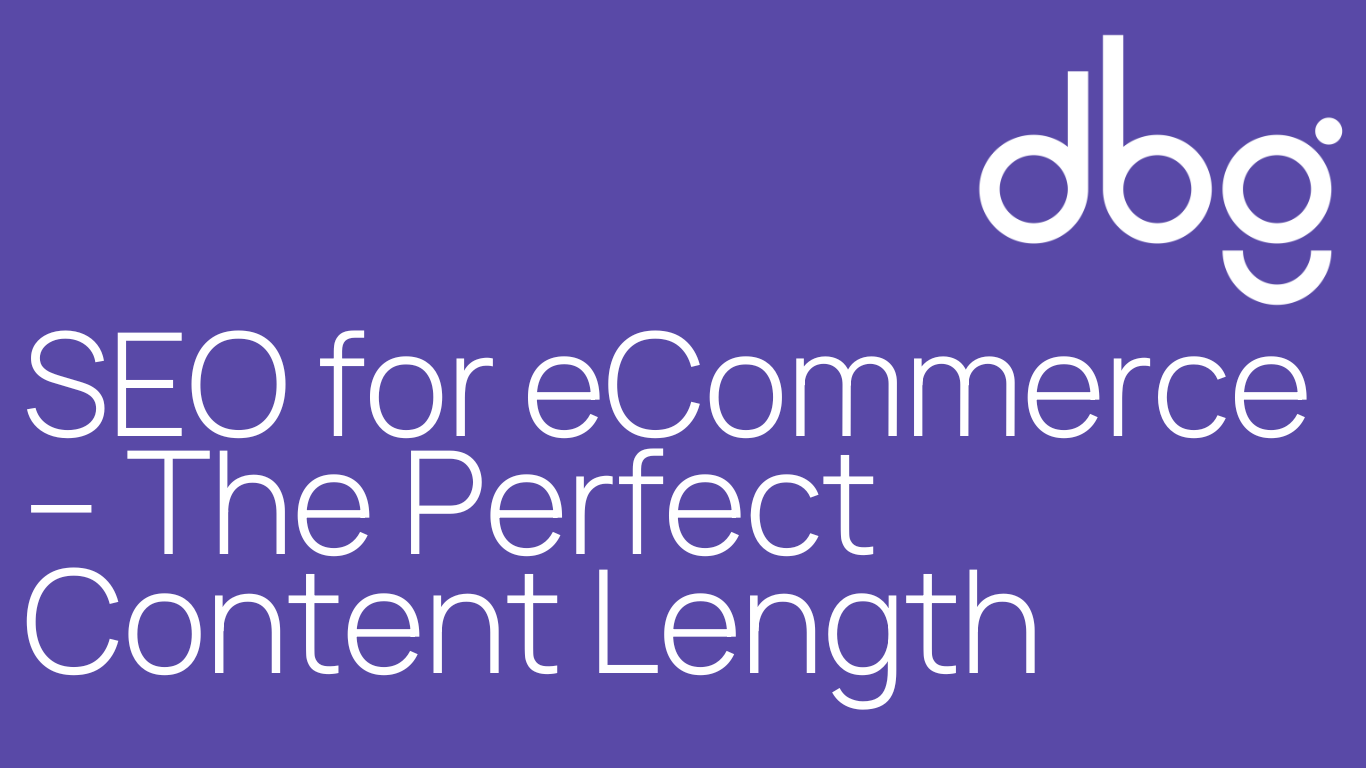 Search engines prioritise content that provides value to users and while the quality of your content is paramount, longer-form content tends to perform better in search engine rankings as it allows you to explore topics in-depth, answering user queries comprehensively.
Search engines prioritise content that provides value to users and while the quality of your content is paramount, longer-form content tends to perform better in search engine rankings as it allows you to explore topics in-depth, answering user queries comprehensively.
Despite the emphasis on longer content, it’s essential to strike a balance. Content should be as long as necessary to convey valuable information without becoming too long. A mix of short and long-form content across your product pages, blog posts, and category descriptions can create a well-rounded user experience.
Product descriptions are the backbone of any eCommerce site. Short, uninspiring descriptions may not provide enough information for potential customers, while excessively lengthy ones may discourage users from reading. Crafting concise yet engaging product descriptions that highlight key features, benefits, and usage scenarios strikes the perfect balance between information and readability.
Blogs are an excellent way to boost your eCommerce site’s SEO. Longer blog posts can serve as authoritative resources in your industry, attracting backlinks and establishing your website as a valuable source of information. However, short and punchy blog posts can also be effective for sharing quick updates, industry news, or promotional content. Diversifying your blog content length ensures that you cater to various user preferences.
While focusing on SEO is crucial, it’s equally important to prioritise the user experience. Visitors should be able to find the information they need quickly and effortlessly. Break up longer content into digestible sections with descriptive headings, bullet points, and images. This not only enhances the user experience but also contributes to better SEO, as search engines favour well-structured, easily navigable content.
Striking the right balance between short and long-form content, you can create a dynamic and engaging online presence that caters to both search engines and users. Keep your audience in mind, analyse performance metrics, and adapt your content strategy accordingly.
